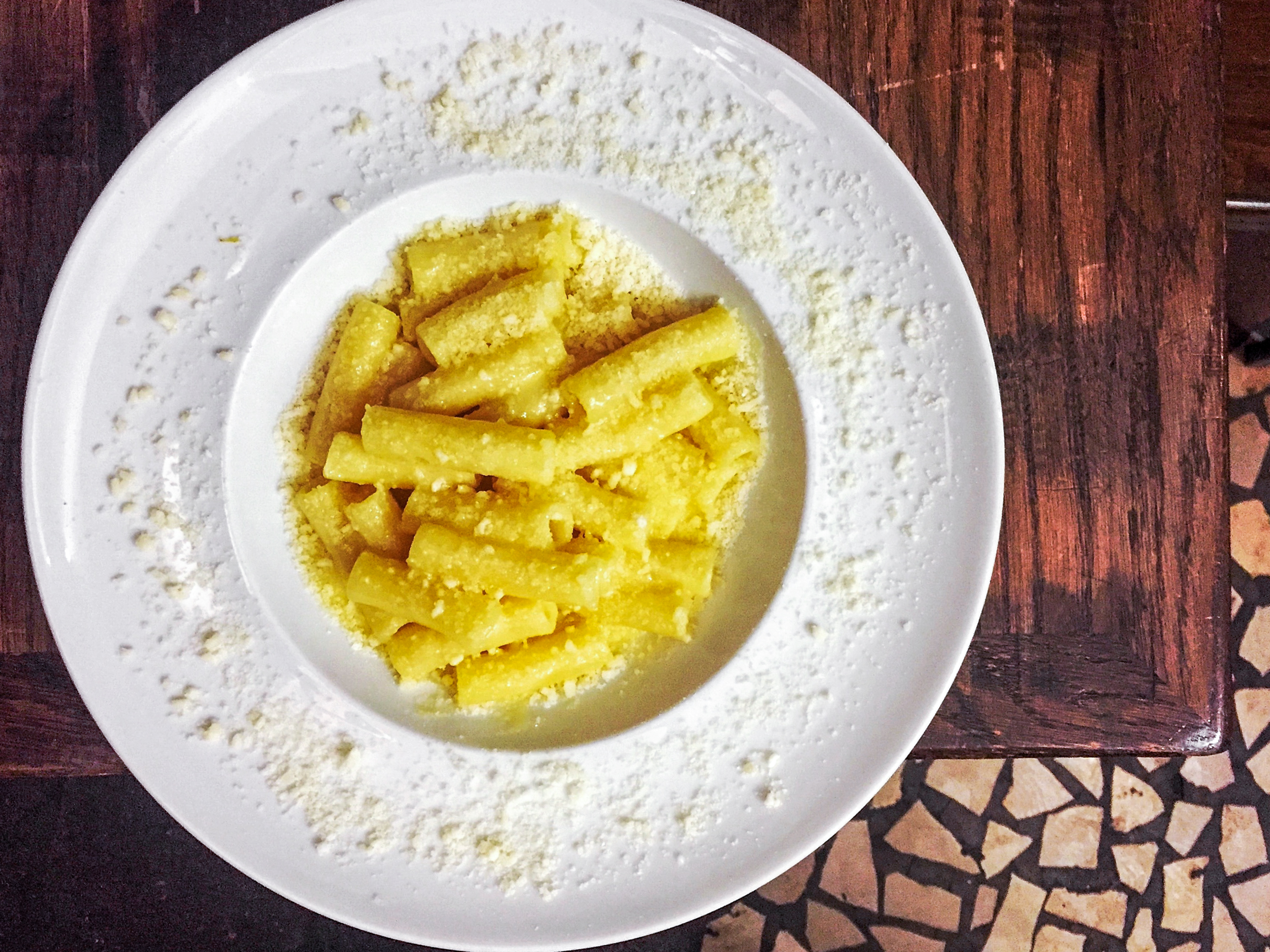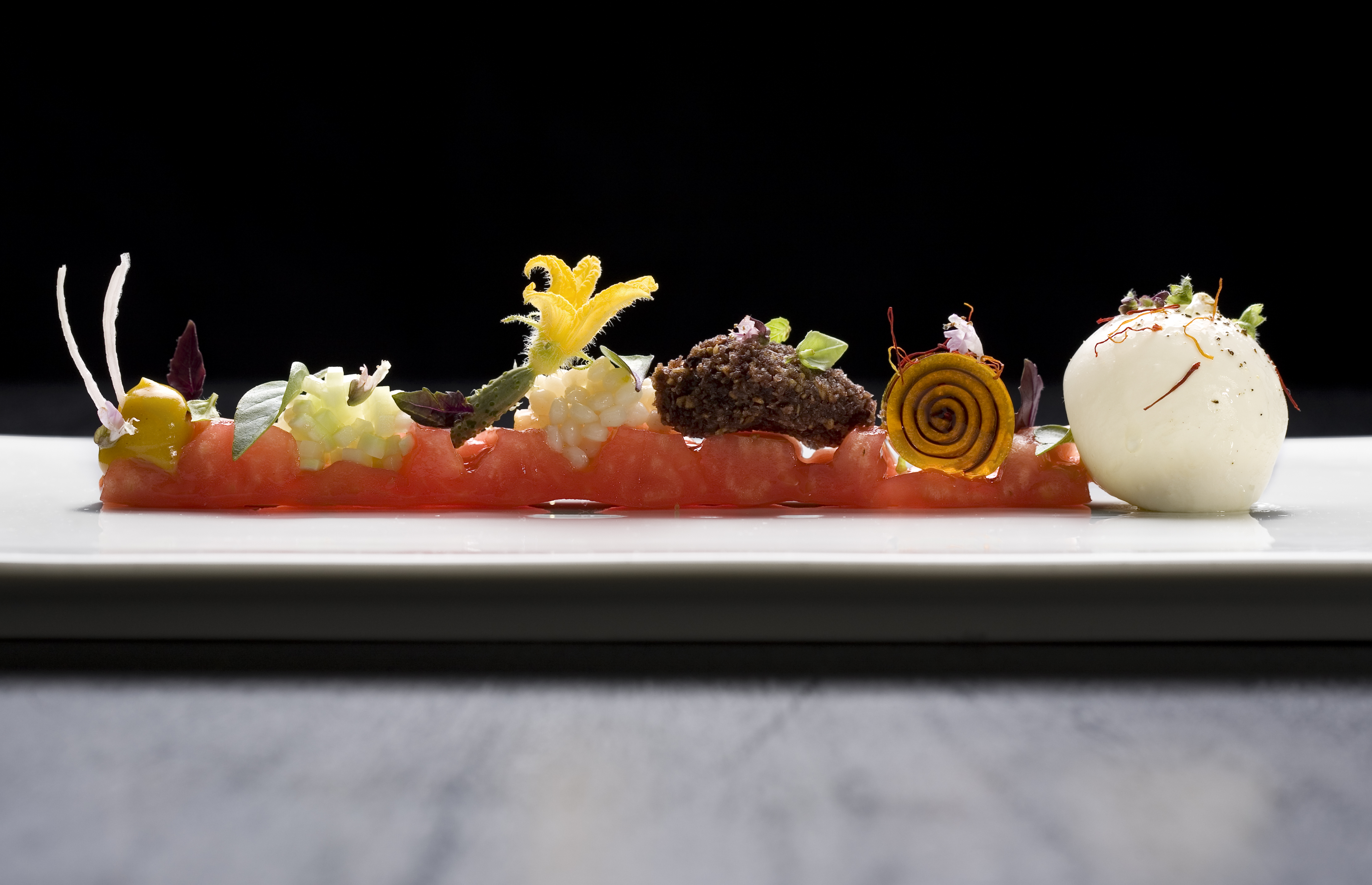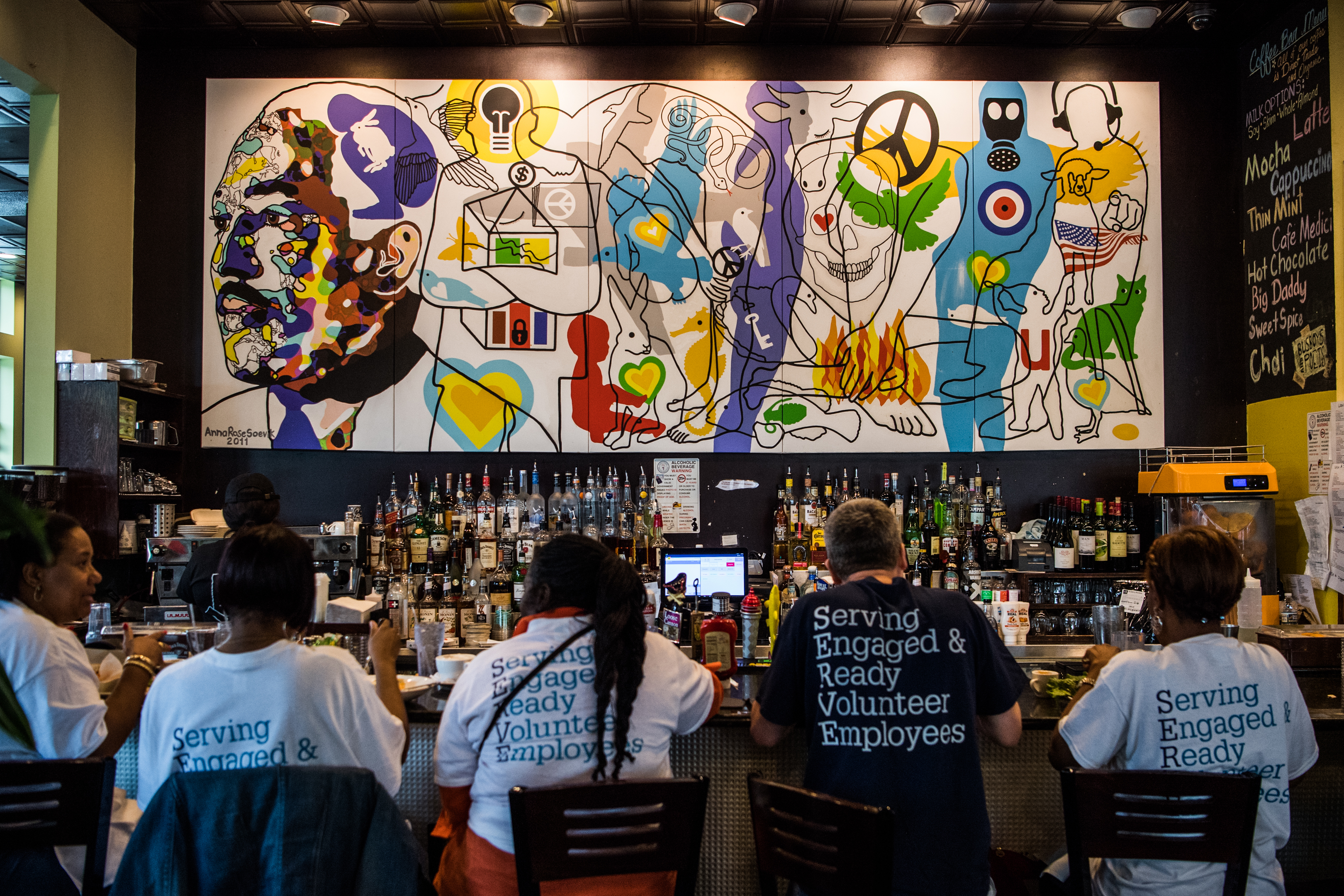Roman cuisine is a reflection of the city itself — layered, deeply rooted in tradition, and full of contrasts. After years of eating my way through Rome, I’ve found the best meals are shaped as much by history as the hands that prepare them. Family-run trattorias have served the city’s defining dishes for generations: cacio e pepe, carbonara, roasted lamb, and offal-based specialties, many of which trace their origins to Rome’s historic slaughterhouse economy. While these places remain essential, a wave of neo-trattorias constantly reinterprets the classics, and the broader dining scene continues to shift too. The influence of Rome’s immigrant communities and cuisines, from Ethiopian to Colombian, is stronger than ever.
Summer in Rome is a sensory overload. The sun is relentless, the cobblestones radiate heat, and even the city’s most impatient drivers slow down come afternoon, sapped of energy by the scalding streets. Markets are stocked with sweet, sun-ripened tomatoes, pale zucchine romanesche with their blossoms still attached, and crates of figs that perfume the air before melting in your mouth.
Eating and drinking well in Rome isn’t just about knowing where to go; it’s about knowing how to navigate the city’s idiosyncratic dining culture. Travelers often book tables months in advance, making last-minute reservations tough. While online booking is becoming more common, many places still rely on the phone, and it’s best to call at the very start or very end of service, when the staff actually has time to pick up. Plan ahead — but leave some room for spontaneity too.
We update this list quarterly to make sure it reflects the ever-changing dining scene in Rome. Our write-ups include insider tips from our experienced writers and editors, as well as a rough range of pricing for each destination — ranging from $ for quick, inexpensive meals with dishes largely under $10 (or the equivalent in euros), to $$$$ for places where entrees exceed $30.
New to the map in August 2025: In Trastevere, L’Antidoto offers a deeply personal take on contemporary cooking, with chef Mirko Pelosi turning out extraordinary dishes from a minimalist kitchen that defies logic; at Santo Palato, Sarah Cicolini continues to push cucina romana forward, pairing technical precision with heartfelt storytelling on the plate in her new location; and in Monteverde, Aqla offers a personal take on Yemeni and Ethiopian cooking, served with warmth and intention by a family whose food tells their story one sambusa at a time.
Katie Parla is a Rome-based food and beverage journalist, culinary guide, and New York Times best-selling cookbook author. Her latest cookbook, Food of the Italian Islands, is available now.



